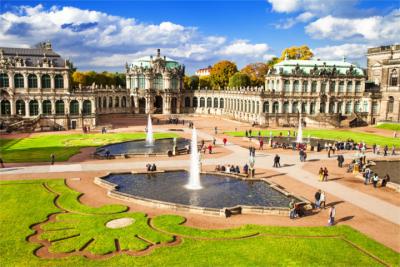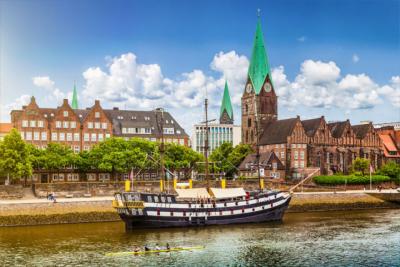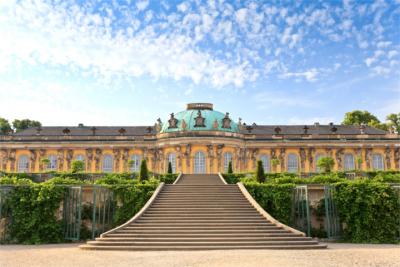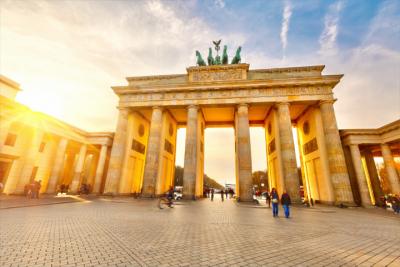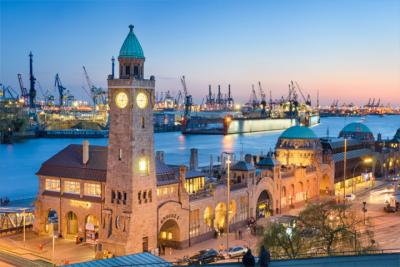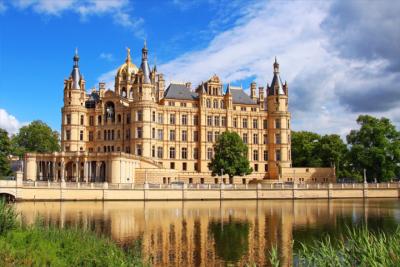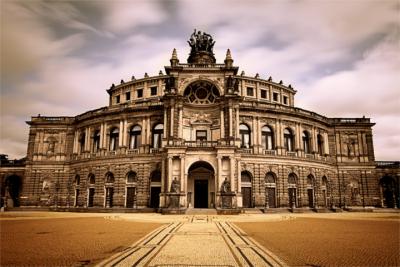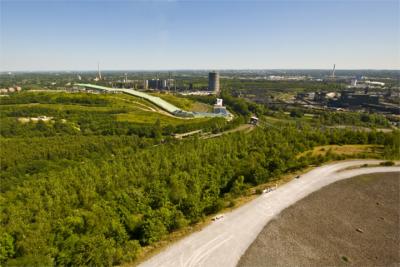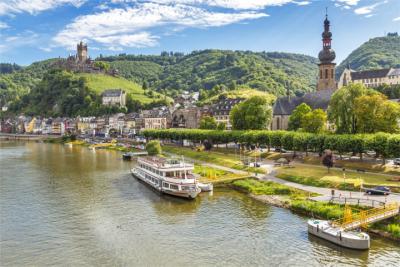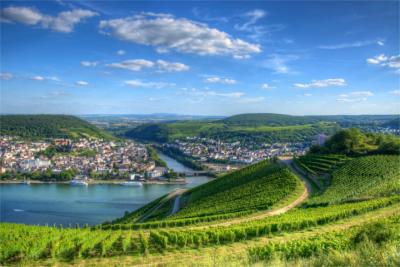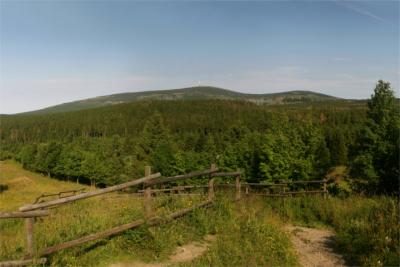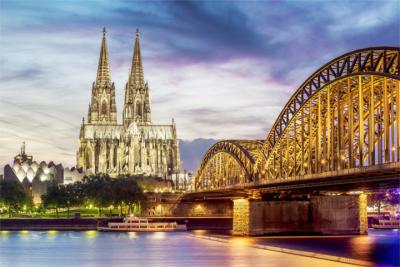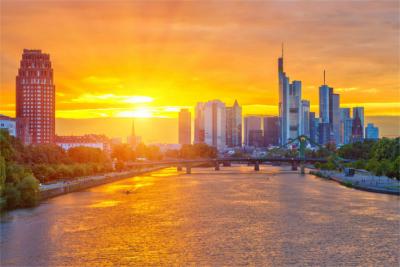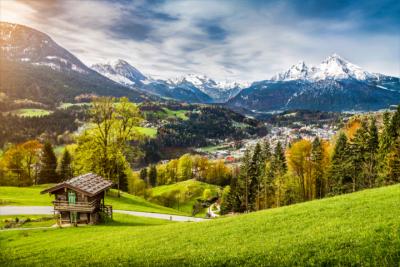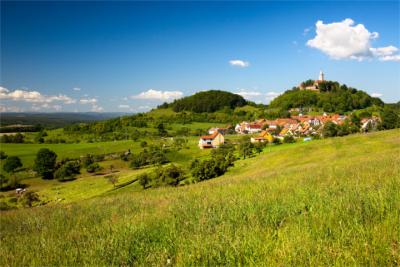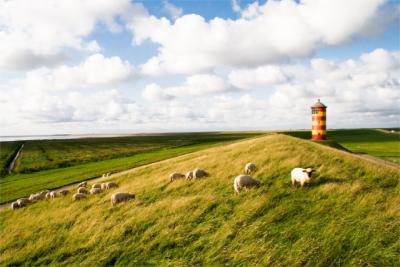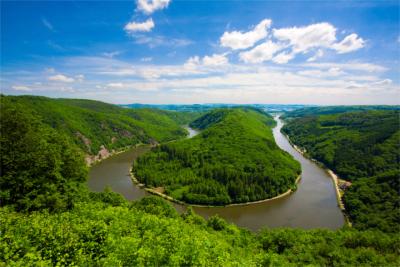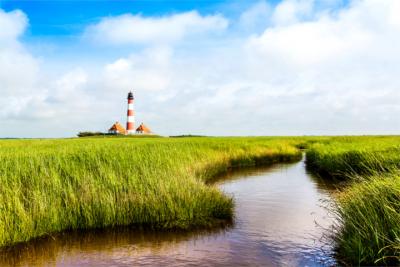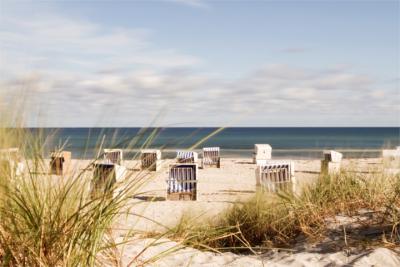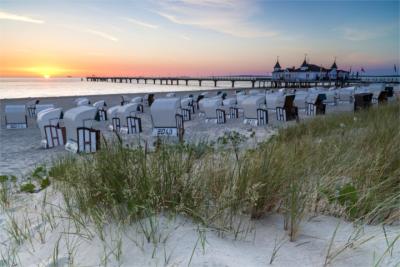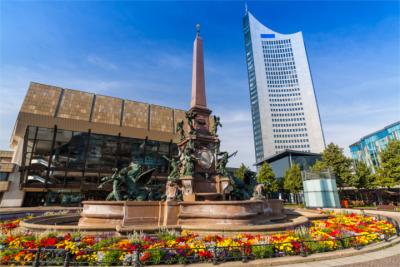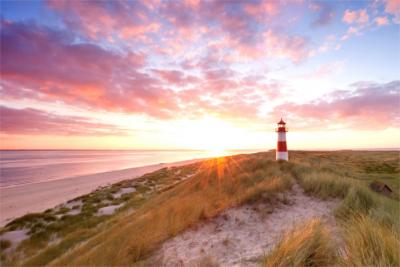Travel Offers
Travelmyne Featureprint
Distance
Saxony - Cultural Historical and Natural Beauty
Saxony is an important site of German history. Testimonies are displayed in a variety of museums and memorials. In addition, the diverse landscapes consisting of lakes, rivers, mountains and forests attract many lovers of nature and active holidaymakers.
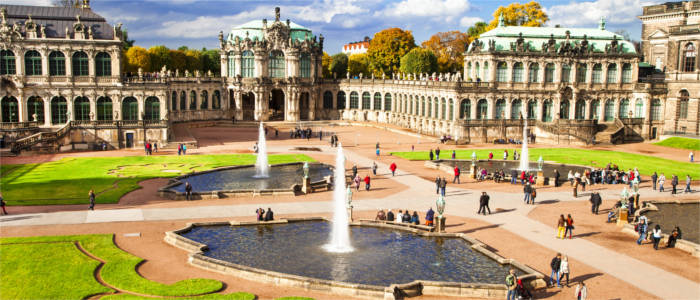
Geography - The Free State in the east of Central Germany
The Free State of Saxony (short "Saxony") is the tenth largest German state with an area of 18,415 km². It lies in the east of Central Germany and has about four million inhabitants. Saxony borders on the states of Brandenburg and Saxony-Anhalt in the north, Thuringia in the west and Bavaria in the south as well as on the countries of Poland and the Czech Republic in the east. Its three biggest cities are Leipzig, Chemnitz and Dresden, the latter of which is the state's capital. Saxony can be divided into six geographical regions: the Ore Mountains, the Central Saxon Hills, the Saxon Elbeland, Saxon Switzerland, Upper Lusatia and the Vogtland. The Free State lies in the temperate climate zone and is continental in character. This is apparent from the dry summers and the very cold winters.
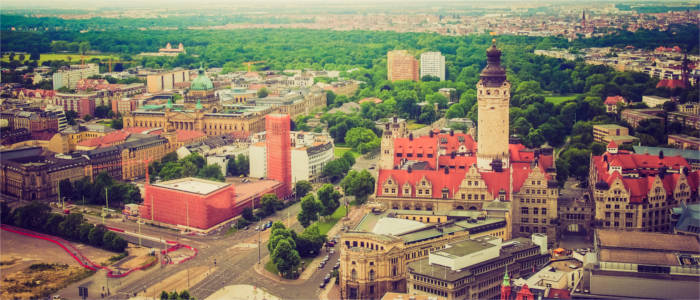
Nature - From the lowland areas to the mountains
Saxony's landscape can be divided into three categories: lowlands, hilly landscapes and low mountain ranges. Examples of low mountain ranges in Saxony are the Ore Mountains, the Elbe Sandstone Mountains, the Elster Mountains and the Lusatian Mountains. The highest peak is the Fichtelberg in the western Ore Mountains, which is 1,215 metres high. Along the southern ridge, you see the Ore Mountains/Vogtland Nature Park. Other highly frequented natural attractions are the Saxon Switzerland National Park and the Zittau Mountains. These regions are heavily forested. Furthermore, Saxony is rich in waters. There are several great rivers such as the Mulde, the Weißeritz, the Zschopau, the White Elster and the Spree. However, the most important and longest river is the Elbe. It is navigable and therefore a significant traffic route. As part of the Central German Lake Distirct, the Leipzig Lake District (New Central German Lake District) attracts many travellers. It is a landscape which is still being developed and consists of artificial lakes, including Markkleeberger See, Kulkwitzer See, Cospudener See, Schladitzer See and Auensee.
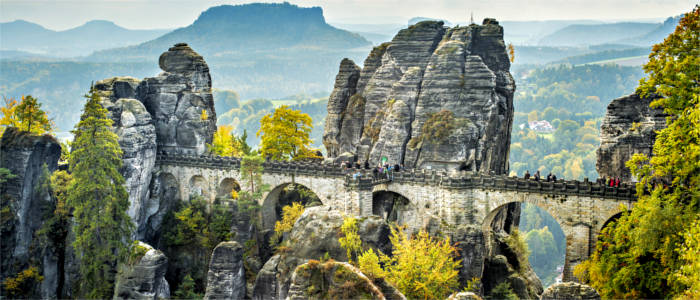
Culture - Renowned museums and historical architecture
For the last centuries, present-day Saxony was ruled by the electors and dukes of Saxony. The former Duchy of Saxony became the Electorate of Saxony in the Early Middle Ages and the Kingdom of Saxony in the 19th century. From 1918, when the last king Frederick Augustus III had to abdicate, to 1933, Saxony was a Free State. It regained this status when Germany was reunited in 1990. The Free State is world-famous for its many museums. Besides numerous art exhibitions, it offers countless monuments which are dedicated to great composers like Bach, Schumann, Wagner and Mendelssohn Bartholdy. It is difficult to choose a limited number of such an abundance of cultural sights. Highlights are the Dresden Semper Oper, the Albrechtsburg in Meissen, the Albertinum and the Zwinger in Dresden, the August Horch Museum in Zwickau, the old town hall and the Forum 1813 in Leipzig as well as Königstein Fortress. A popular destination for families is the Zoo Leipzig with Gondwanaland, which was opened in 2011.
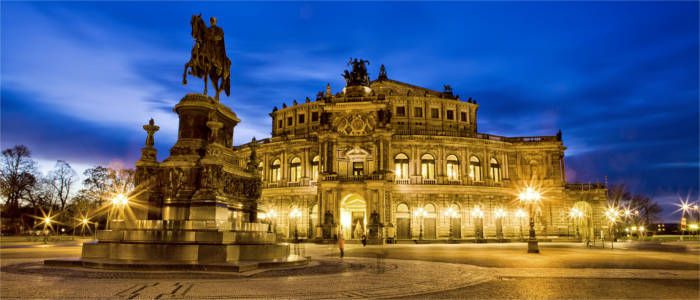
Experience - The oldest Christmas market in Germany
Saxony's cuisine is most of all known for its various desserts and sweets. Some of the most popular examples are Quarkkäulchen (Dough with mashed potatoes, curd and eggs), the Dresdner Eierschecke (a sheet cake) and the Leipziger Lerche (a filled pastry). There is no other German state which is so commonly associated with cakes and tortes. Highly recommended savoury food is the Leipziger Allerlei (a vegetable mix) and Bambes (potato pancakes), which are eaten in different variations in the Vogtland. The best location for enjoying Saxon delicacies is one of the countless restaurants. You can go shopping in all bigger German cities but Saxony offers several special products, for example the Plauener Spitze (lace from Plauen), carvings from the Ore Mountains or Dresden Stollen, which you can buy on the Dresden Christmas market. The Christmas market in Dresden in the oldest one in Germany and has a long tradition. It dates back to the year 1434. The nightlife is relatively lively, especially in the big cities. Besides the numerous well-known theatres, operas and other cultural facilities, there is a variety of bars, clubs, discos and pubs which offer evening entertainment. If you are not that interested in culture, cuisine or shopping but want to go gambling instead, you should visit one of the casinos (Dresden, Leipzig, Chemnitz). Travellers who want to relax and forget their stressful everyday life can enjoy the Free State's recreational facilities. Healing water, minerals and marshes create the ideal spa experience.

Activities - A paradise for active holidaymakers
Saxony is a real hiking paradise. The different landforms are suited to every degree of difficulty. If you want to go on long hikes without major altitude differences, you can be active in the lowland areas. Holidaymakers who are looking for more demanding activities should head for the hilly landscapes or the low mountain ranges. In addition, Saxony offers perfect conditions for going cycling and mountain biking or going on motorbike trips. The low mountain ranges are suited for winter sports such as cross-country skiing, snowboarding and tobogganing or riding a horse-drawn sleigh. The lakes and rivers are popular with water sports fans because they offer excellent conditions for going surfing, sailing, fishing, bathing, canoeing, water skiing, canoe camping or rafting.

Information
Due to the two airports in Halle/Leipzig and Dresden as well as the well-developed road and rail network, arriving in and travelling within Saxony is very convenient. The inhabitants of Saxony speak German with a special dialect called "(Upper) Saxon". There are even different dialects within Saxony. In addition, there is another ethnic group, the Sorbs, which live in Upper Lusatia and speak Sorbian, a West Slavic language.
Culture enthusiasts, lovers of nature and active holidaymakers will enjoy the Free State of Saxony. The wide range of spa treatments and the stunning landscapes help travellers recharge their batteries and forget about their stressful everyday life.

